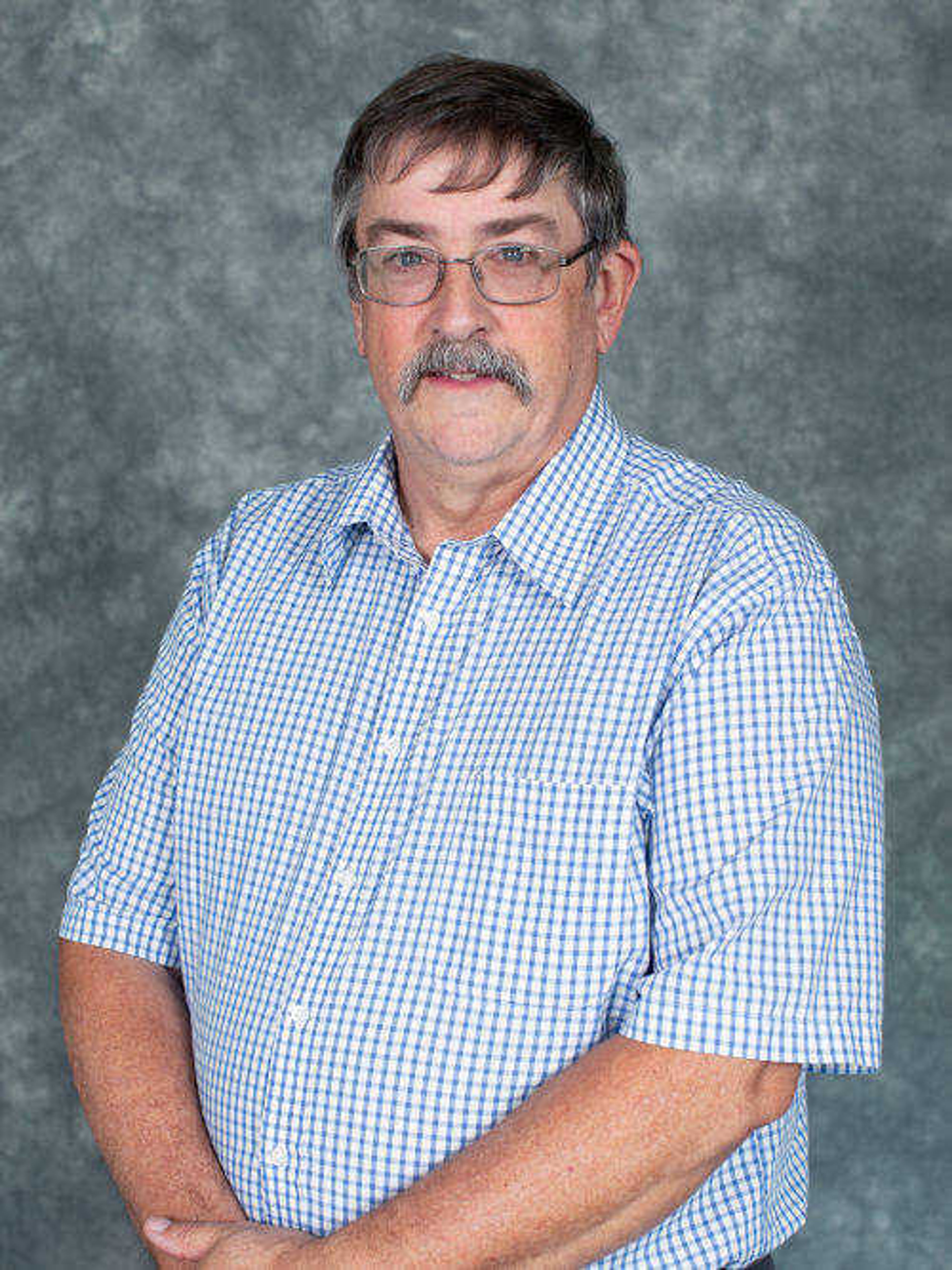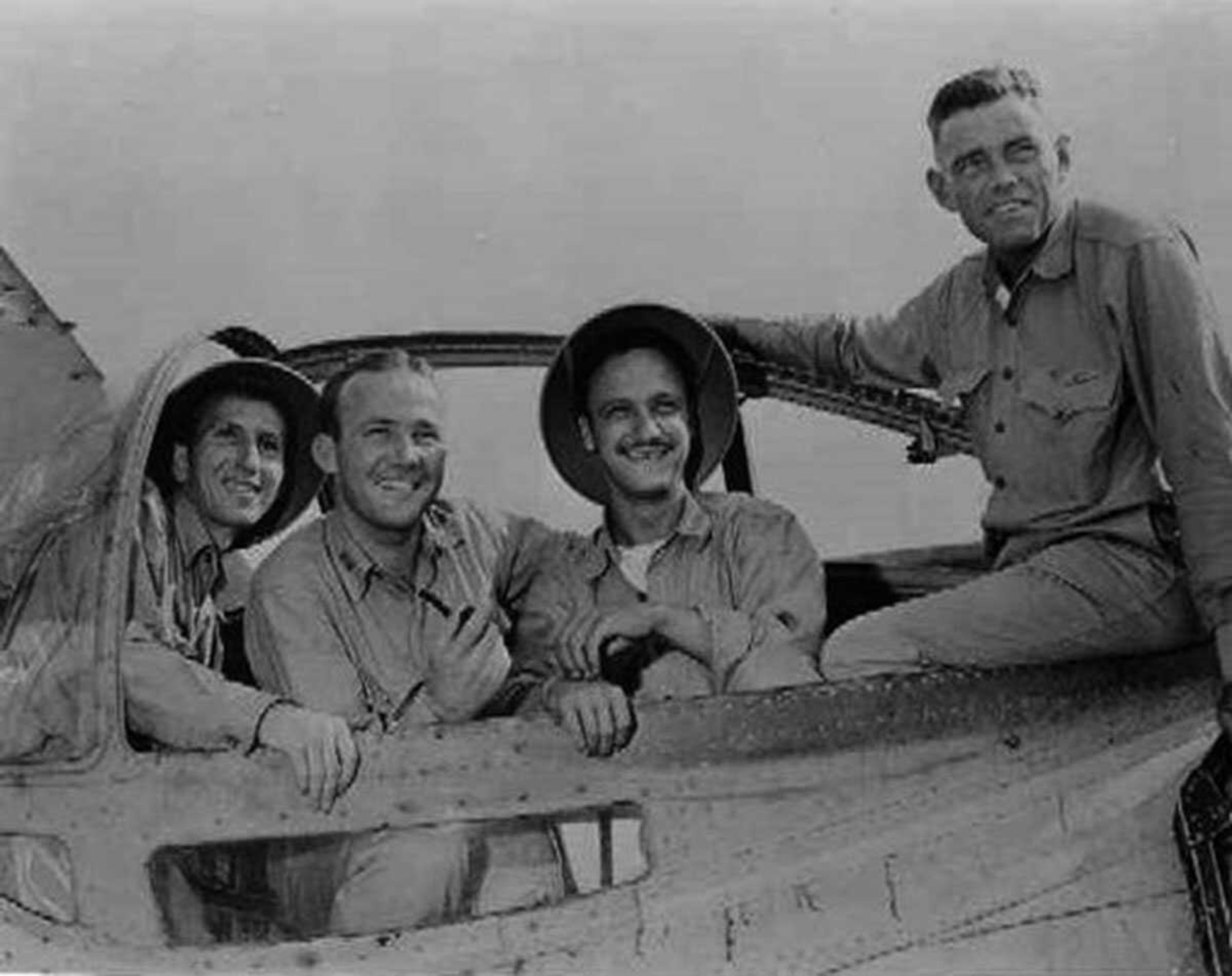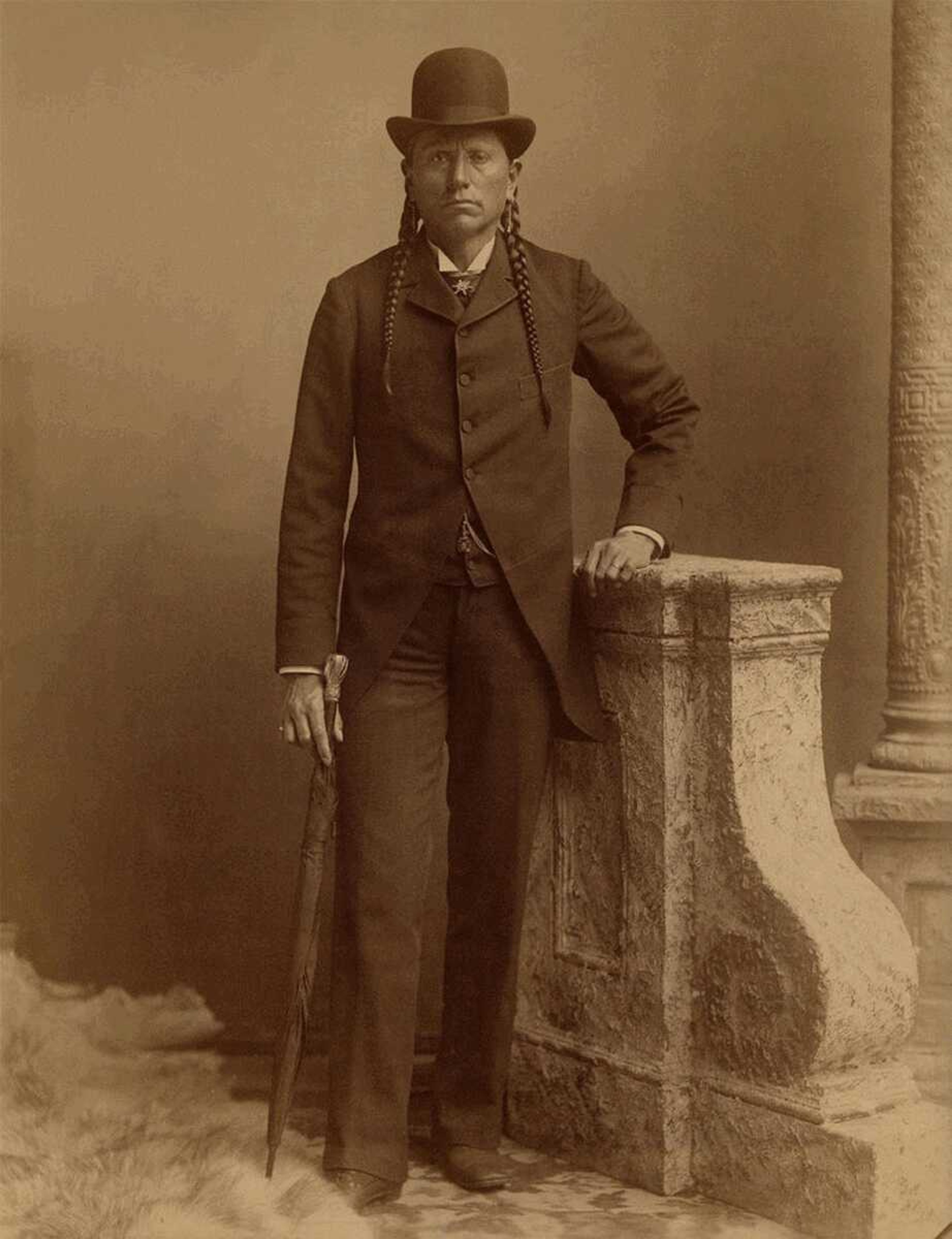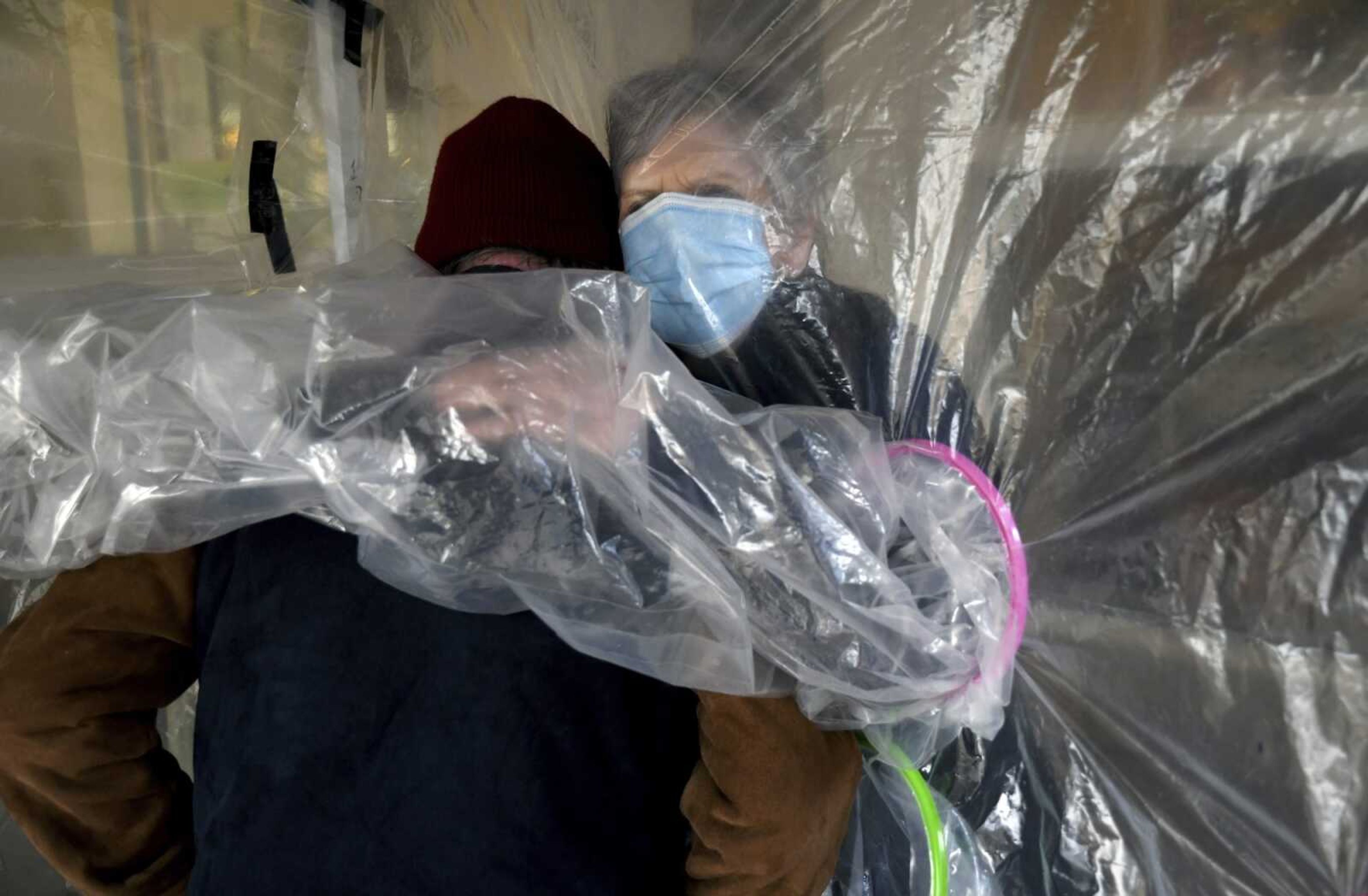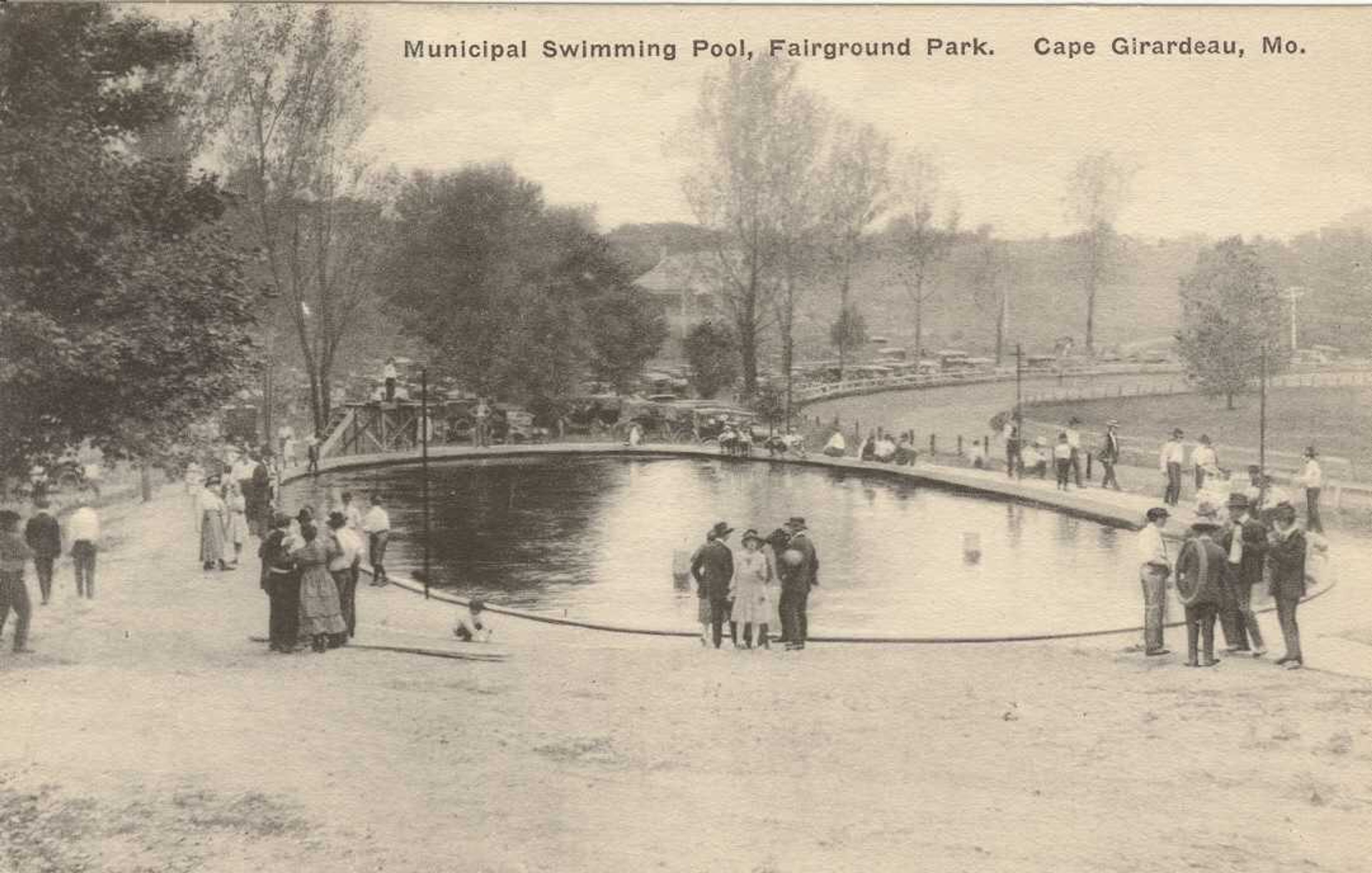The story behind 'We Thought We Heard the Angels Sing'
One notable ocean survival story from World War II involved World War I ace, national hero and airline executive Eddie Rickenbacker and the crew of a B-17 that crashed in October 1942. Secretary of War Henry Stimson dispatched Rickenbacker on a mission to review living conditions and operations in the Pacific. He also delivered a message of rebuke to Gen. Douglas MacArthur...
One notable ocean survival story from World War II involved World War I ace, national hero and airline executive Eddie Rickenbacker and the crew of a B-17 that crashed in October 1942. Secretary of War Henry Stimson dispatched Rickenbacker on a mission to review living conditions and operations in the Pacific. He also delivered a message of rebuke to Gen. Douglas MacArthur.
A man originally from Cape Girardeau County, Lt. James Clive Whittaker, co-piloted the plane. Whittaker was born at Oak Ridge on Nov. 14, 1901, son of Edward C. and Susan Samuel Whittaker. His family moved to St. Louis when he was 8, then to Pueblo, Colorado. After completing his schooling at age 16, he worked in a steel mill. He joined the Navy in 1919, serving until 1922, and mustered out on the West Coast. He became interested in flying in 1927, and purchased a plane in 1930.
Whittaker became a building contractor in 1935, sold airplanes and airplane parts, and lived in Burlingame, California. He enlisted in the Army Air Corps in March 1942 after Pearl Harbor. His assignment with the ferry corps involved flights to the southwest Pacific. It was in this role he became the co-pilot of the plane carrying Rickenbacker. The plane's pilot was Capt. William T. Cherry Jr., with three additional crew members. Also on board were a friend of Rickenbacker's, Hans C. Adamson, and Staff Sgt. Alexander Kaczmarczyk, who was returning to Australia after recovering from an illness.
The party started in a different B-17, but the brakes seized during takeoff. They loaded into a second plane, moving the bubble octant used for navigation, but were unaware the octant had been damaged. Subsequent navigation was erroneous, and the plane strayed off course. They missed their refueling stop and ditched in the central Pacific.
The eight men deployed life rafts, but all had injuries, especially Adamson. Their food ran out after three days. On day eight, a gull landed on Rickenbacker's head, and he caught it. The men divided the bird, using part for fishing bait. They survived on rain water and small fish. Rickenbacker alternately encouraged and browbeat the men, keeping up their spirits. However, Kaczmarczyk, suffering from dehydration, drank sea water and perished. The Navy abandoned searches after three weeks.
The seven survivors split up. A patrol rescued Cherry on day 23. Whittaker and two other crew landed on an island, where natives found them and were able to radio rescuers. A float plane found Rickenbacker's party on Day 24.
Whittaker authored a 1943 book on the experience, "We Thought We Heard the Angels Sing." This and the book Rickenbacker wrote, "Seven Were Saved," provided the story for a 1945 film, "Captain Eddie." The movie featured Fred MacMurray as Rickenbacker, and veteran character actor Lloyd Nolan portrayed Whittaker.
Lt. Whittaker was a changed man after his experience, finding deep religious faith. He often shared his experience with churches and schools, where he was a popular speaker through the 1950s.
